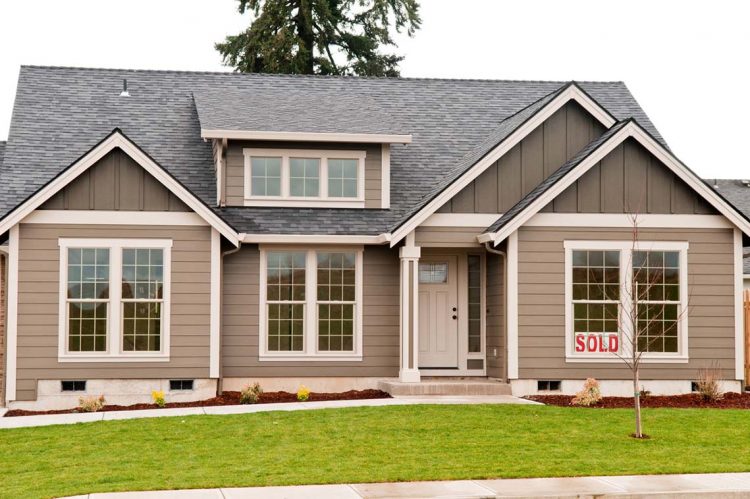The downward trend in existing home sales held firm in April as rising price tags and mortgage rates continued to strain buyer activity, according to a new report from the National Association of REALTORS® (NAR).
Fact: Member Agents Win 60% More Listings.*
Homes.com gives members massive amounts of exposure. Your contact info is always on your listings, and your listings are targeted and retargeted to interested buyers across the web. Join today!
*Based on internal analyses comparing members to non-members on Homes.com.
Business Tip of the Day provided by
Categories
The Most Important Real Estate News & Events
Click below to receive the latest real estate news and events directly to your inbox.
By signing up, you agree to our TOS and Privacy Policy.













